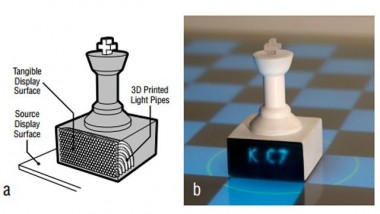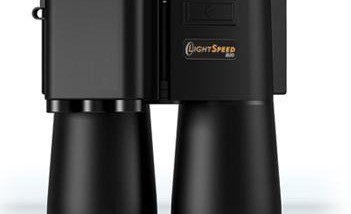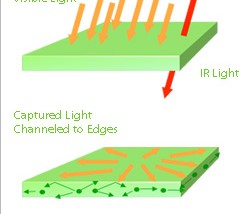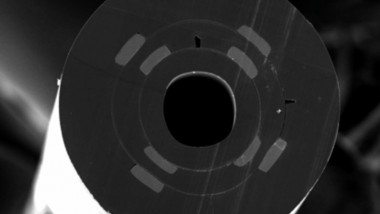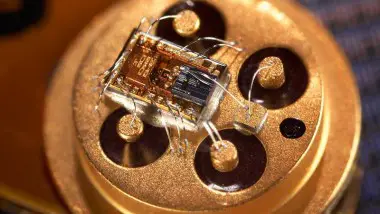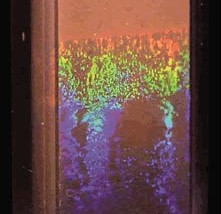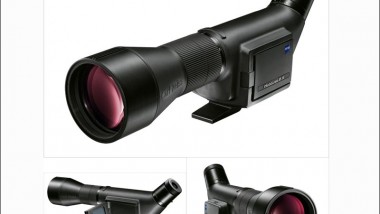3D printed chess with optical and electronical component (Credit: Karl D.D. Willis) Researchers working for Disney Research in Pittsburgh have demonstrated how different types of electronics and optic components can be created using a 3D printer. These components can be ...
Lightspeed Optical Communications
Researchers at the US Navy’s Space and Naval Warfare Systems Center, the Office of Naval Research, and Torrey Pines Logic, Inc. of San Diego, California have been developing technology that permits voice, video, and data transmission via optical devices. The ...
Organic Solar Concentrator Developed
Covalent Solar of Boston, Massachusetts has developed an organic solar concentrator that traps specific wavelengths of light as it passes through glass, channeling the captured light into solar cells at the edges of the panels. The panels could be used ...
3D X-Ray Images Get Closer to Reality
Researchers at the University of Nebraska-Lincoln (UNL) and several Russian colleagues have made significant strides toward coherent, three-dimensional x-rays that could lead to real-time three dimensional medical imaging. The scientists focus an optical laser into concentrations of gas, causing them ...
MIT Scientists Develop Fibers With Vision
Researchers from MIT have developed light detecting fibers that can be manipulated into a web and applied on clothing to form a flexible camera. Such fiber web could be utilized in military uniform, where the fabric would allow the soldiers ...
Dream No More – the Invisibility Cloak is Here
Researchers from Berkeley Labs at the University of California have successfully developed a “carpet cloak” using nanostructured silicon that could eliminate the impression of an object placed underneath it. Even though the cloak itself remains visible, the protrusion created by ...
Intel’s Upcoming Optical Chip
Researchers at Intel have pushed the boundaries of silicon photonics once again by developing the first avalanche photodetector (APD). This inexpensive silicon-based device promises to revolutionize how multiple processor cores communicate within computing systems. It uses standard silicon to transmit ...
Self-Assembling Optics
A group of researchers led by Peidong Yang, a professor of chemistry at the University of California, Berkeley, have recently created nanoscale particles that can self-assemble into various optical devices. These include photonic crystals, metamaterials, color changing paints, components for ...
Carl Zeiss PhotoScope
German optical manufacturer Carl Zeiss recently introduced the PhotoScope 85 T* FL. The PhotoScope combines a high-resolution digital camera with a super tele lens. Photographers shooting outdoor activities, such as sports events and wildlife, could benefit from the huge telescopic ...
Seeing with Your Skin
Does seeing through skin cells sound like crazy science fiction to you? Think again. Professor Leonid Yaroslavsky, a researcher from Tel Aviv University, Israel, thinks that humans have an ability to see through their skin. This discovery may lead to ...

